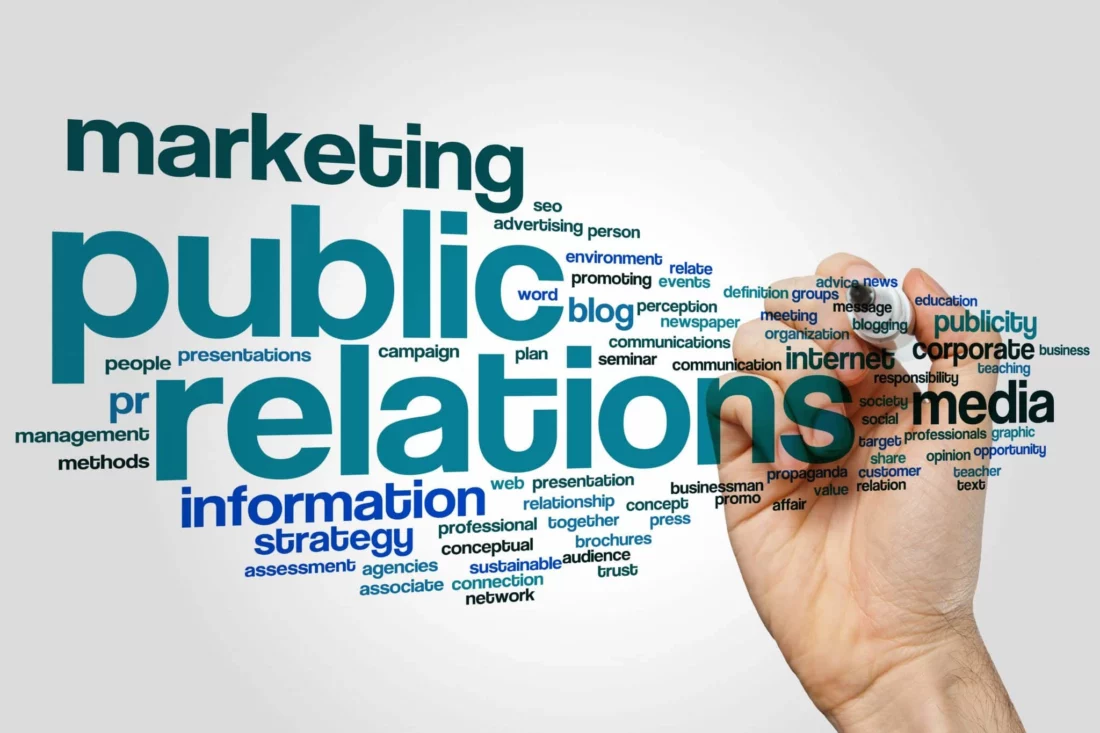Public relations has always been about developing relationships with media influencers and telling clients’ stories to the right audiences in a positive way. It still is – and recent strides in technology bolster these efforts with detailed industry, outlet and audience analytics. PR agencies are leveraging big data to personalize an increasingly automated environment, zeroing in on individual members of an audience to tailor a custom message that responds to their specific needs.
In 2018 and beyond, big data will continue to drive the public relations industry, homing in on target audiences, reach, impact and more. In fact, over 85 percent of PR professionals expect their focus on technology to increase significantly over the next five years. As traditional newspapers shrink or disappear altogether, PR firms and their clients are focusing their efforts on “owned media”- websites, blogs and social media channels – while maintaining relationships with traditional outlets.
Watch for these top technology trends that are shaping the future of PR.
1. Eye-Popping Visual Storytelling.
The trend toward more video content will continue. With high-speed internet access becoming commonplace, text-based messages are giving way to video content, especially on mobile devices. Studies have found that adding a video to a landing page can increase its conversion rate by 80 percent, and including a video in an email can increase its click-through rate by a staggering 200-300 percent.
More than 50 percent of communicators use video and image creative tools for visual storytelling, and demand for these tools is projected to grow even higher this year. Video news releases, b-roll footage for media use, and short branding videos for social media and websites are highly engaging. Companies are leveraging these methods to deliver content with staying power in a format that fickle audiences prefer.
The visual content trend doesn’t stop there. Virtual and augmented reality present a new method for reaching and engaging with audiences, and experts expect these technologies to play a large role in future PR efforts.
2. Improved Email Effectiveness
Despite predictions of email’s decline, increased personalization capabilities and better video and graphic integrations are making email campaigns more effective than ever. Emailing is still an integral part of any PR or outreach effort.
Email marketing tools are improving as well. Resources like HubSpot, Voila Norbert and SellHack not only facilitate email writing and distribution, but also help locate hard-to-find email addresses of c-suite targets and sales leads. Additionally, many of these tools now enable video manipulation and embedding within emails.
Tip: Increase email click-through by creating short how-to and instructional videos and embedding them in emails.
3. More Comprehensive ROI Measurements.
We’ve come a long way from “advertising value equivalency” days; tools that measure impressions, mentions, reach and shares are rapidly improving. Some analytic tools like TrendKite even separate qualitative and quantitative mentions in the press under the belief that not all press mentions are equal.
With so much sharing and conversation taking place on private channels and apps like Facebook Messenger, WhatsApp, Snapchat and Instagram – the so-called “dark social” – tracking mentions and referrals to measure the true influence of PR can be challenging. However, dark social now accounts for 84% of consumer outbound sharing, and PR firms can’t afford to ignore its role in generating exposure and conversation. Fortunately, new tools are emerging to measure dark social’s reach and impact, and legacy tools like HootSuite and Google are incorporating dark social into their models as well.
4. AI Supports PR Efforts (Without Encroaching on Human Jobs).
When artificial intelligence started making its way into the PR space, there was concern that humans would be edged out of their jobs. Now, employees appreciate that AI won’t replace jobs, but rather make them easier, more efficient and effective. Several tools now use AI to distribute press releases, create media lists, transcribe audio and video into text and monitor social media.
One of the most significant benefits of AI is its ability to analyze reams of data in minutes that would take humans hours or even days to sift through. PR agencies can then capitalize on these insights to adapt their approach and improve their clients’ success rate.
Leverage Technology to Dial In on Audiences
These key technology trends allow PR professionals to embrace the full ecosystem of media channels and optimize owned, earned, paid and shared content to influence target audiences. They make PR increasingly effective for branding a company’s image, reputation and message.
Position your tech company on the front lines of emerging trends with Gabriel Marketing Group, the number one PR agency for disruptive technology companies. Get started now with our e-book on the five elements that will help you maximize your PR!


Why Cutting PR in Tough Times is a Costly Mistake (And What to Do Instead)